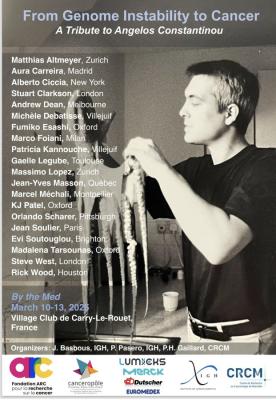Proximity Copy Paste (PCP): A new method to map the 3D organization of chromatin
Understanding the principles of three-dimensional genome organization is essential to comprehend genome maintenance, expression, and duplication. Current Hi-C based methods use fragmentation of crosslinked chromatin followed by proximity ligation to detect DNA molecules whose extremities can be ligated together. While powerful, these approaches are limited because only ligatable, pairwise interactions are mapped, and the assay is difficult to quantitate as the prevalence of an interaction over the population cannot be assessed. Single-molecule methods such as ChIA-drop and SPRITE overcome the need for proximity ligation by physically isolating and uniquely barcoding crosslinked chromatin fragments. While these methods allow multiway interactions, they are costly, have relatively low throughput and arbitrarily shear the genome.
We developed a new technology to map 3D genomic organization. Our method – called Proximity Copy Pasting (PCP) – is based on a novel reaction that uses locally produced diffusible nucleic-acid barcodes to tag molecules in proximity. The tagging reaction labels multiple DNA extremities in proximity and is not hindered by proximity ligation. PCP generates a single-molecule readout without need for physical separation of molecules to be tagged, thus spatial proximity can be mapped in complex mixtures of chromatin. Together, PCP has several advantages over currently available methods while being more economic, easier to implement and higher throughput.
Using budding yeast as a model organism, we recapitulate known features of genome organization such as centromere clustering, MAT locus interactions, small scale chromatin interaction domains (CID). We also detected new features: larger scale TAD like structures, highly expressed genes and tRNA ‘stripes’ of interactions. Furthermore, PCP generates sufficient resolution to map the position and interactions of individual nucleosomes and transcription factors. Importantly, the resolution of PCP can be tailored to detect interactions over different scales and is therefore able to map proximity over distances that are typically beyond the reach of proximity ligation.



